Turkey hunting is hard but equipping yourself with effective turkey hunting tactics can provide you with the edge you need. Knowing about wild turkey behavior, what to do about it, how to execute the right tactics, and when to do so, are all part of the equation. Here are 41 spring turkey hunting tips that are part of it, too.
- Put Safety First
As with all things hunting, safety is the No. 1 priority. No turkey, or any animal, is worth injury or loss of life. Put safety ahead of all else while turkey hunting, and with any adventure afield.
- Scout Aplenty
Hunters often think scouting is a deer hunting prerequisite, but it applies to any form of hunting, including wild turkeys. Spend ample time getting to know the area you’ll be chasing turkeys this spring.

- Find the Grub
Like whitetails and other game animals, turkeys go wherever they find their basic needs. Find the food, and you’ll find the birds. This comes in the form of grubs (cow pastures, worked ag fields, swampy areas, etc.), mast crops (acorns, fruits, etc.), food plots (clover, chufa, etc.), and more.
- Pack the Right Gear
Turkey hunters love their gear, and for good reason. It helps get the job done. Make sure you pack your backpack or turkey hunting vest with items you trust and rely on.
- Run Trail Cams for Turkeys
Trail cameras aren’t just for deer. These work well for turkey hunting, too. Just remember to position them lower to the ground (about 12 to 18 inches off the ground), or you’ll miss birds.
- Pattern the Birds
One of the most important tips for hunting turkey is to pattern them. This is doable by way of trail cameras, glassing from afar, and listening to gobbling turkeys on the roost.
- Have a Plan
Once you’ve finished scouting, pull it all together to create a game plan. Having a plan is an important part of the process. Have at least four or five plans ready to go, if not more.
- Design Your Plan Based on the Property
There are many things to consider, including how large of a property you’re working with. If it’s small, you’re better off being stationary. If you have a lot of ground to work with, you might be better off being more aggressive.
- Roost a Turkey
A great tip for turkey hunting, spend some time on turkey season eve or any evening prior to the hunt, putting birds to bed. Knowing where turkeys are located can give you a leg up. Then, be ready at dawn.
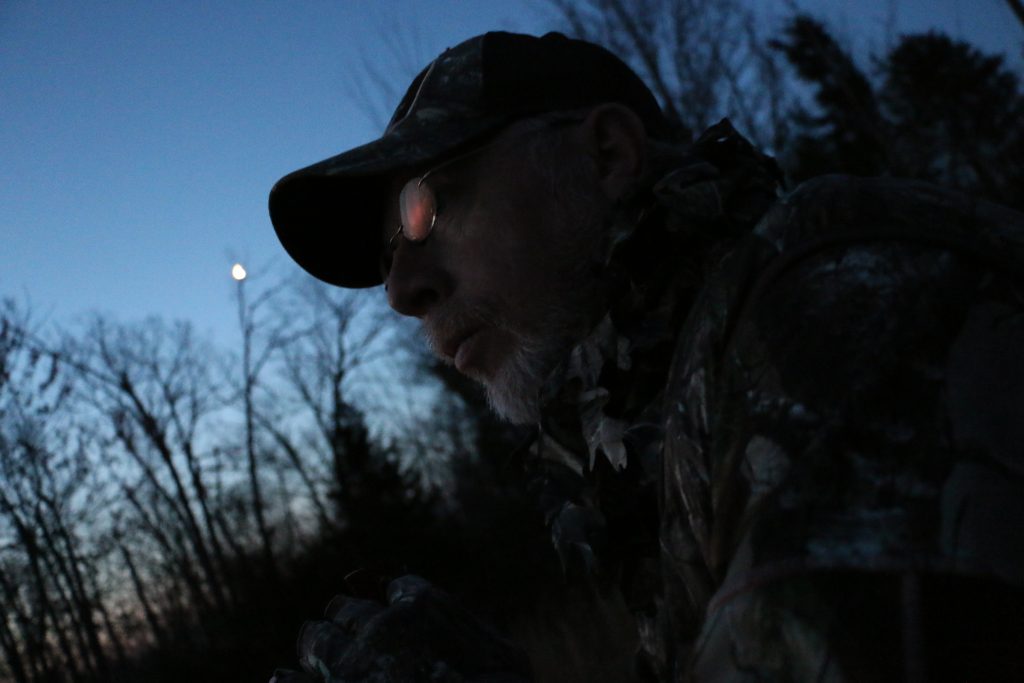
- The 100-Yard Rule
Most old-school turkey hunters say to get 100 yards away from the roost. If that’s the closest you can get without bumping birds, sure. But if you can get to about 40 or 50 without spooking them, even better.
- Be the Monster Under the Bed
Have you been setting up close to the roost, but can’t get it done? Get there about two or three hours before daylight. Then, without using a flashlight (where safe to do so), slip all the way up and camp out as close as possible to the roost tree. Focus on the direction birds generally land.
- Recognize Turkey Body Language
Turkeys are very expressive, and different non-verbal body postures can mean certain things. For example, if it flicks and tucks its wings, and turns away, that bird is uneasy and about to leave. There are many other examples of non-verbal communications that can tip you off to what a turkey is thinking, or about to do.
- Know Turkey Tendencies
Turkeys have tendencies, just as any species. For example, under average conditions, turkeys often spend early morning and late afternoon hours in open fields. Mid-morning and mid-afternoon hours are oftentimes split between deep cover and edge habitat. Midday is generally spent closer to water and low-lying areas, such as creeks, streams, and swamps. Of course, tendencies apply to other areas, too, such as gobbling earlier, midday and late in the day, among other things.
- Deer Hunt That Turkey
If typical turkey hunting tactics aren’t working, try a deer hunting approach instead. Find where birds spend most of their time and be stationary.
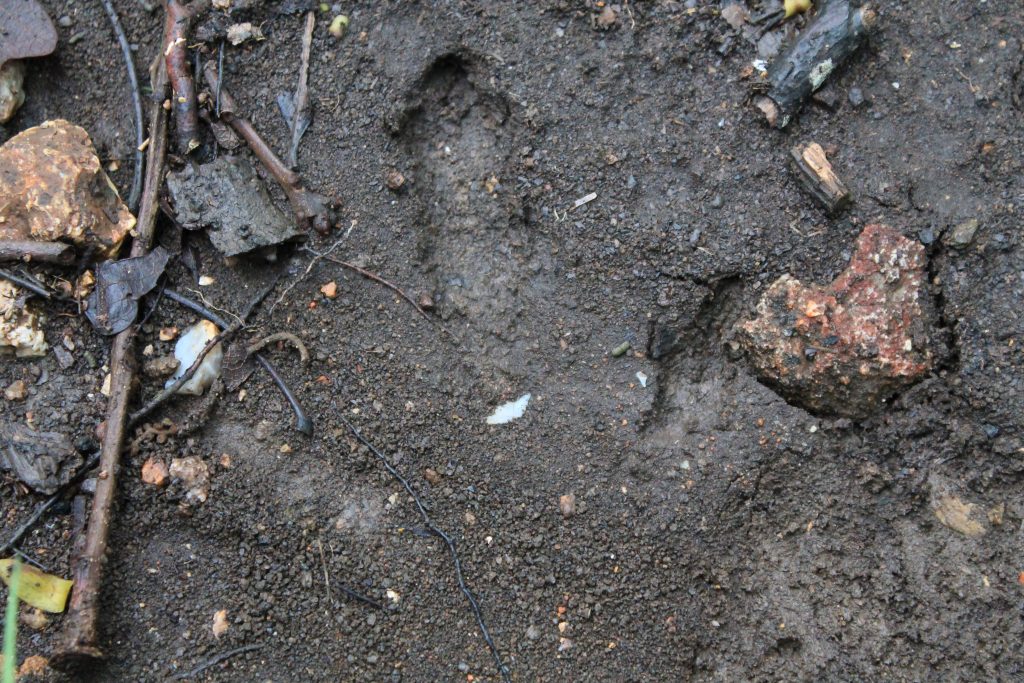
- Run Some Locator Calls
Some like to locate turkeys with hen vocalizations. I don’t. Instead, I prefer locator calls, such as owl hoots, crow caws, pileated woodpecker vocalizations, etc.
- Find the Right Setup
Heard a bird strike? Figure out where it’s located, where it might be going, and get between the two places. Find the best setup that hides you, but also puts you in a good position to get a shot opportunity.
- Take Their Temperature
Every turkey is going to respond differently. Take their temperature and see what they like. Turkeys might prefer different volumes, vocalizations, and frequencies over others.
- Start Reserved
Once you find a bird, start off by being more passive in your tactical approaches. It’s easy to crank it up, it’s hard to take it back if you turn off a turkey with aggressive tactics.
- Gear Up from There
If reserved efforts aren’t working, then crank it up. Try more aggressive ideas to fill that tag. It might just work.
- Call Softly
Start by calling softly. It’s hard to undo it if you start with aggressive stuff and it turns off the turkey you’re working.
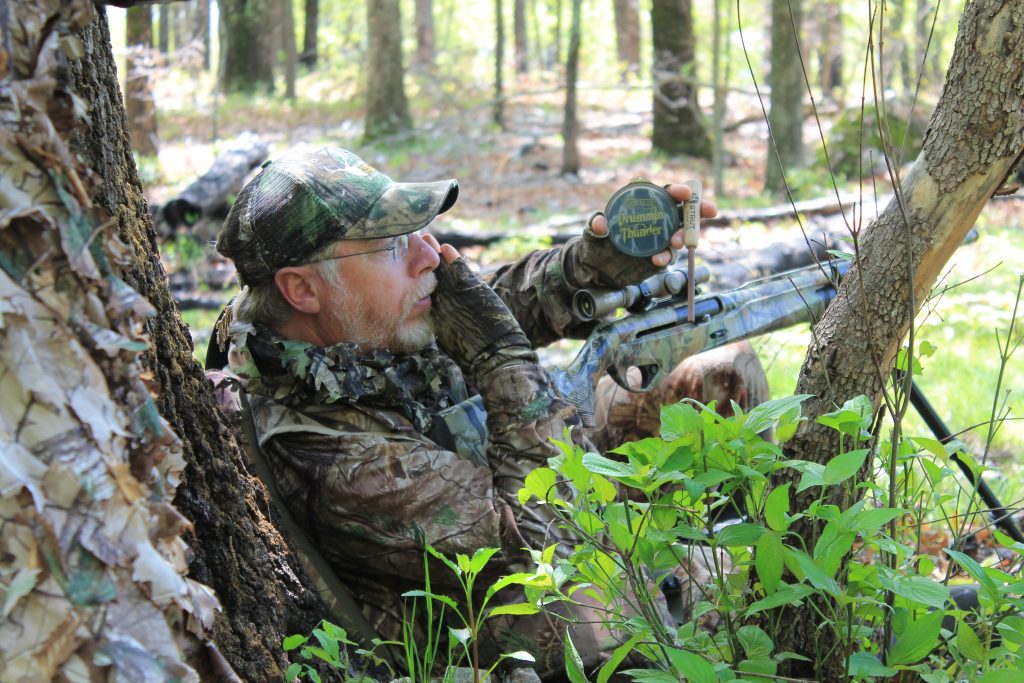
- Call Aggressively
If soft calls don’t work, then get more aggressive. In some situations, you might just have to do that to close the distance.
- Fling a Wing
Using a turkey wing can help add realism to your calling, especially in conjunction with fly-down cackles, fighting purrs, and other aggressive calls.
- Know What You’re Saying
Each turkey vocalization means something specific. Know what these things are, and then use them under the appropriate circumstances to see best results.
- Cadence Trumps All
The rhythm of what you’re saying is much more important than the pitch or level of rasp. Keep the cadence right and you’ll have much better luck.
- Call to the Hens
Can’t seem to call that gobbler in? Is it henned up? One of the more valuable turkey hunting tips is to call to that hen instead. Mock her every sound. Cut her off with aggressive cackles and yelps.
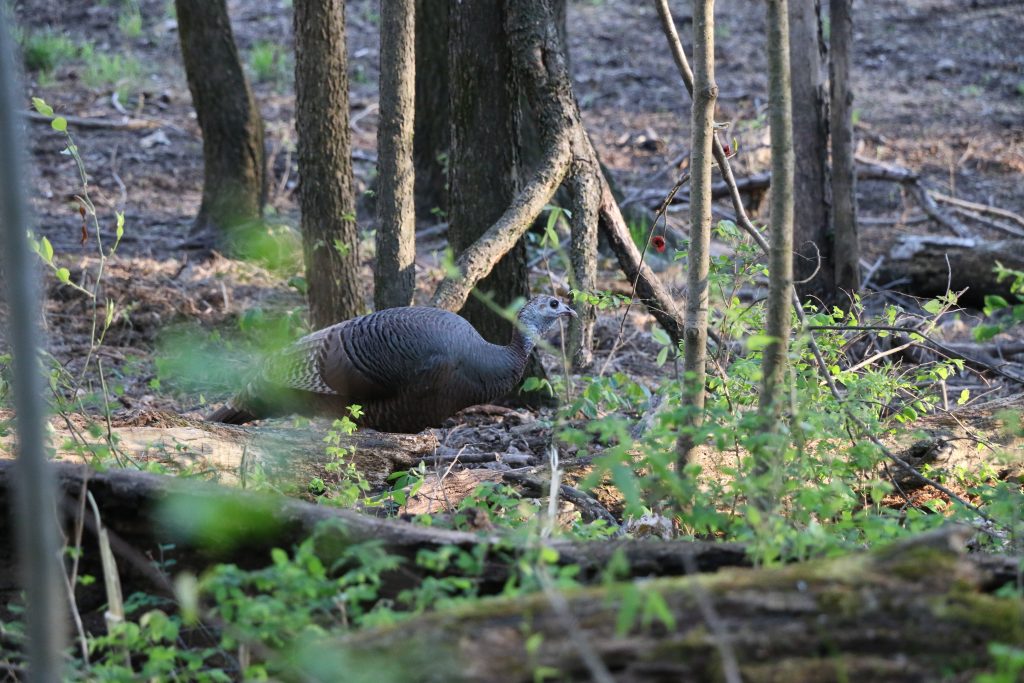
- Run Multiple Calls
A longbeard might like one call, but not another. Keep a few different diaphragms and friction calls at the ready. If one doesn’t provoke a response, try another.
- Go Silent
If a turkey is gobbling at every call, but won’t commit, just go silent. Sometimes, that’s enough to create the curiosity needed for it to come looking for you.
- Match Decoys to the Situation
It’s important to match your decoys to the situation. For example, it likely isn’t best to use a strutter decoy during the late season when turkeys are battered and bruised.
- Understand Turkey Postures
Knowing typical turkey postures, and what they mean, will help you use decoys in a more efficient manner.
- Be Very Patient
Some situations require serious patience. That’s hunting, after all. For example, when hunting small tracts of land, or when you have turkeys patterned well, it’s best to wait them out.
- Be Very Impatient
Other times, impatience is key. Being aggressive and moving to stay on birds can be rewarding, especially on larger tracts of land.
- Be Meticulous
Pay very close attention to details in all aspects of the hunt. This is a good way to pick up on subtle things you might otherwise miss.
- Hunt the Midday Shift
The first few hours of the day often deliver the best gobbling. I’ve taken a lot more turkeys from mid-morning to mid-afternoon than early morning or late afternoon.
- Hit the Strut Zones
Gobblers find areas they’re comfortable with and they spend time strutting there, especially during the middle half of the day. These places are called strut zones.
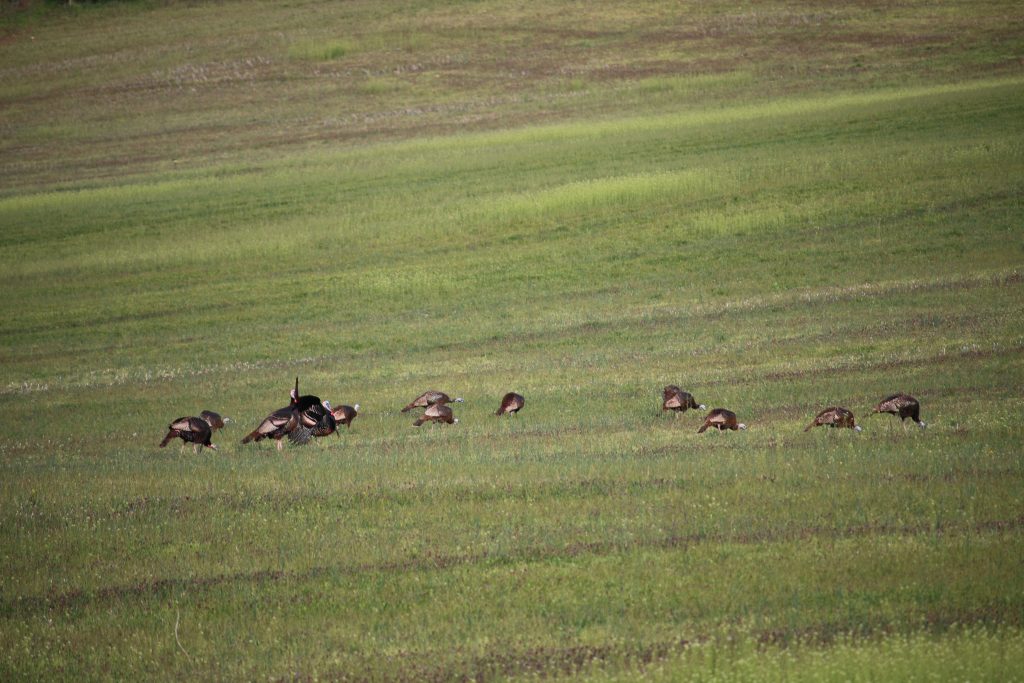
- Find Solitary Longbeards
A lone bird is oftentimes easier to work than one with hens, or that’s with other turkeys. Find these singles and see if they respond.
- Sit Back and Glass
If turkeys aren’t talking, and you don’t know where they are, find a place where you can see a lot of ground and glass. When you spot a gobbler, make a game plan.
- Intercept That Turkey
Sometimes you’ll see a turkey in the distance, and it won’t be close enough to call to. So, watch it for a few minutes to gauge its line of travel, and then swing wide to get ahead of it.
- Use the Terrain
Terrain is very important when hunting turkeys. It can dictate where they spend their time, how you move into position on birds, and even how and where you set up.
- Try Unorthodox Tactics
Conventional turkey hunting tips and tactics are great and are oftentimes the best play. Sometimes, you need to try something a little different to get the job done, though.
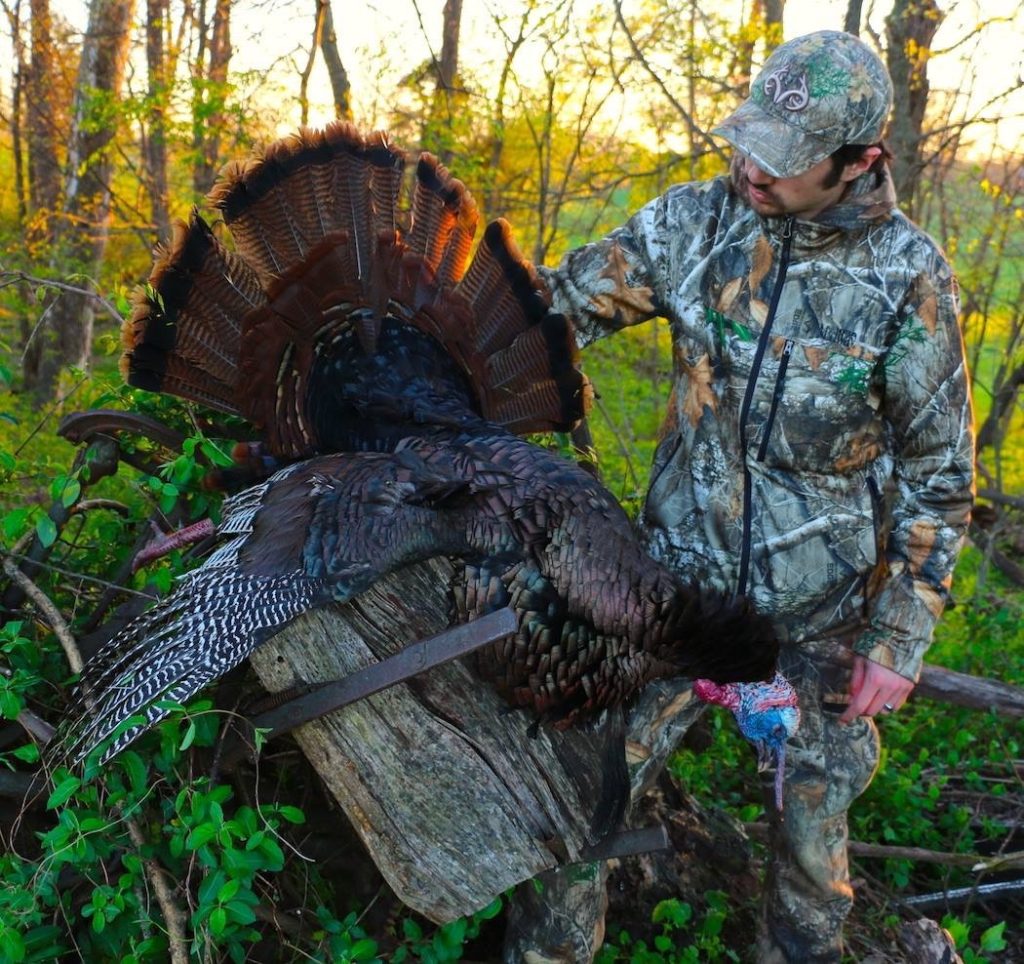
- Get on an Afternoon Gobbler
The last couple hours of the day can be just as productive as the first few. This is especially true if gobblers are lonely as they work back toward the roost.
- Stay After a Bumped Bird
Did you spook that turkey? Stay positive and keep after it. Maybe let things calm down for an hour or so, and then resume the hunt. You have tags to fill.
Full Disclosure: This post may include affiliate links. There’s no extra charge to our readers for using these.




